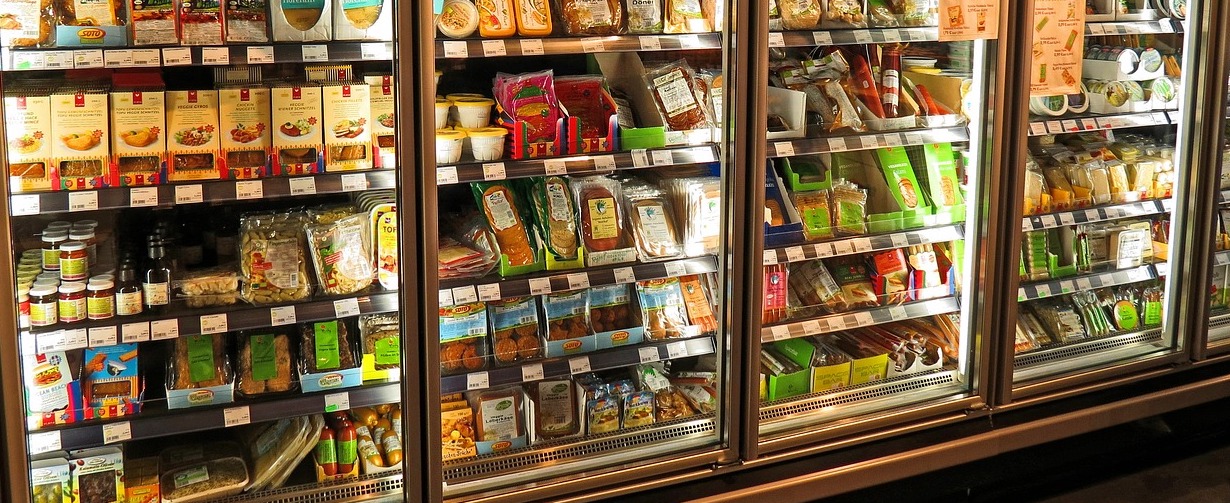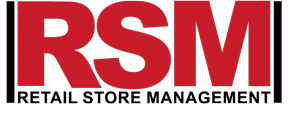
...Inducing Impulse Behavior Using Neuroscience
“There are certain events of which we have not consciously taken note; they have remained, so to speak, below the threshold of consciousness. They have happened, but they have been absorbed subliminally (below the threshold of consciousness).” – Carl Jung, Founder of Analytical Psychology
Mind Over Body
Literally speaking, humans have two minds in one body. The conscious mind that regulates our deliberate executive decisions and judgments like planning events, executing them and evaluating the feedback.
We also have an automatic or autonomous mind that is responsible for regulating our internal body systems like our heartbeats, circulatory and digestive systems, and most of what we do without deliberate and conscious thoughts and actions, like walking, talking, and even reading this article. We want to believe that we control all our thoughts and actions. In terms of the brain-power pecking order, humans are at the top of the thought-generating and decision-taking ladder. Most of our thinking and doing, as much as over 90 percent of them are automatic and subconscious. We are mostly not aware of them because the intercourse between our conscious and subconscious minds are constantly oscillating between the two thinking processes. A typical example is our capacity to drive a car at 50 mph, while all along fiddling with the stereo buttons of our car, listening to music, having an animated conversation with someone next to us in the car, and still effortlessly drive in the right direction to our destination. This same interplay between our conscious and subconscious self is responsible for much of our impulse behavior and the decisions we make. At the cellular level, our subconscious mind almost always overrides our conscious thoughts, decisions, and judgments. Take junks foods as an instance. We may consciously admit that fatty foods are unhealthy for us but still indulge in their consumption. It is with this knowledge that you as a retailer can take deliberate steps to induce impulse purchases in your store, whether online or offline. Some of the effective tactical triggers you can press include the following:
1. Use Your Category Assortment Management As A Trigger
Cross-selling is a product assortment display strategy that positions complementary products close to one another. Determine which products complement other products, and place them close to one another. For instance, in your baby care product category, position baby wipes close to diapers, Baby lotion close to baby powder. In your dental care assortment category, place brands of toothpaste close to brands of toothbrush and mouthwash. Place shampoo brands close to brands of hair conditioners. In your hair styling assortment category, place hairsprays close to mousses and gels. And in your antiperspirant assortments category, place sprays close to roll-ons. As demonstrated by these examples, to promote impulse buying behavior, use complementary products to nudge and remind your customers of products they may need but did not include in their physical or mental list. Complementary product-display can act is mental disruptors that encourage impulse purchases.
Your product assortment strategy is key to impulse purchases at your retail store. therefore, arrange your product assortments to encourage cross-selling.
2. Design Your In-Store Floor Plan or layout to Encourage Impulse Buying Behavior
Pay attention to your in-store layout and the interior design elements of your store, and employ technology to map the footfall traffic along the aisles of your store. Areas with heavy heat-maps signify heavy footfall traffic. Place both your high-value products on gondolas in these areas and supplement them with impulse purchase items. Remember that what may constitute impulse purchase items in your store may not be the same as that of your competitors. However, by using the data analytics software, you can determine the products that are patronized more than others. Distribute impulse purchase items along these high foot traffic aisles.
3. Your Upselling Tactics Can trigger Impulse Buying
Upselling is a selling technique where the purchase of an item can elicit a desire for an upgrade. Airlines use this technique to upgrade onboard customers to quickly upgrade their seat from, say a business class to an upper-class seat during check-in. By creating a sense of urgency and limited availability, a traveler has a short attention span to properly evaluate the offer, and may easily accept the upgrade. Software vendors also employ the same upselling tactics. The basic offer may be free but an upgrade, for a satisfied customer, will then attract a premium price because of the “bells and whistles” that may be attached to it through the customer may not necessarily need the upgrade. Microsoft Office Suite, Grammarly software are typical examples. It is important to note that this is not an illegal or unethical impulse buying technique.
4. Loss Aversion Is Powerful As An Impulse Buying Generator
Loss aversion is another impulse selling technique. You may employ this in your sales promotion strategy, where a particular product is displayed at a discount price for a limited time. We all have an aversion for loss, and as a retail entrepreneur, you can employ this tactic to sell impulse products to your customers. Bundle sales is another variation of loss aversion, where a display prominently says, “buy 2 and get one free.” The fear of losing out on the free extra product in a bundle can trip up an impulse purchase emotion in your customer.
5. Use Anchoring Bias
Anchoring bias is a buying technique where the first price we see or that is displayed forms the focal point for all subsequent decisions and judgments. In a fashion apparel store, for instance, a $200 apparel next to a $40 equivalent, can trip-off an impulse buying behavior, so long as the $40 item is fairly similar to the $200 priced item and does not convey an impression of low quality. During an off-season, excess inventories of unsold products are best sold using this impulse buying technique. These unsold off-season inventories displayed at bargain prices are a powerful attraction for bargain-hunters, who stock up irrationally bargain-priced products even if they may not need the large quantity.
6. Promotions and Free Gifts
One of the primary essences of sales promotion is to sell more products at low prices. Low price is what induces the emotional impulse to buy during promotions. The low price may be real or just a perception, but it is the perception, whether real or not that is the positive emotional trigger for impulse purchases. Our rational and emotional mind is constantly at war, with each desiring to dominate our actions and judgments. To calm our rational mind, and to allow our irrational subconscious mind to win in the tug-of-war, we need an anchor to rationalize our decision and convince ourselves that our risk is minimal. Price and limited availability of promotional offers are the key arguments we employ.
There are two agencies at work when we desire to make a promotional purchase decision. The first is the utilitarian value of the product on offer, and the second is the hedonic value. The utilitarian argument is price or cost savings. The hedonistic argument is that it is fun and the fun creates undue excitement. When the utilitarian and hedonistic argument wins, we impulsive rational our decisions and judgments and impulsively make the purchases. Therefore, in designing your sales promotion, focus on price and surround the price with excitement, then watch your sales promotion trigger up your sales.
7. Product Placement at Checkout Counters
Checkout counters are a great play for displaying impulse purchase items. This is because the customer dwell time is on average high at checkout counters. Understand that impulse purchase item should be low to average-priced. High-priced items would require your customers to employ the conscious and executive part of their brain in evaluating the cost and the value of the item. Impulse buying is low mental energy and low effort decision-making cognitive task. On average the items at or along your checkout queues should be low-priced, averaging less than $20, max. Mark and Spencer have perfected the use of checkout counters for the promotion of impulse purchases. Along its checkout lines, it is not uncommon to find good deals on cufflinks, promotional shirts, socks, and ties. Tesco, another UK-based retail chain uses small item consumables at checkout counters to induce impulse purchase. Sainsbury in the UK stock batteries and other low-priced items at endcaps just before the checkout counters.
In Conclusion
In today’s retail environment, the attention of the customer is drawn by different store formats. Amazon guzzles inordinate amount of the online retail pile and has now set its sight on traditional brick-and-mortar retailing. Walmart is the giant of traditional retail brick-and-mortar retail format, with a growing presence in online store format. For the independent retailer, getting the customer into the store is no longer enough. Not only must you help the customer relieve her pain points, but you must also guide her through the sales funnel, with great offers and exciting experience. You must educate, inform, and appeal to her subconscious mind, where most buying decisions are made. Your impulse selling tactics must be effective, without being exploitative. You must sell value. End-to-end, you must design an experience-rich sales funnel, from primacy at her entry to recency effect at the car pack park. You must possess the capacity to focus on the customer first and then match her needs with your offers. You must measure everything. You must compete on analytics. Designs, decisions, and judgment must be customer-centric. Retail is detail and every detail count.



